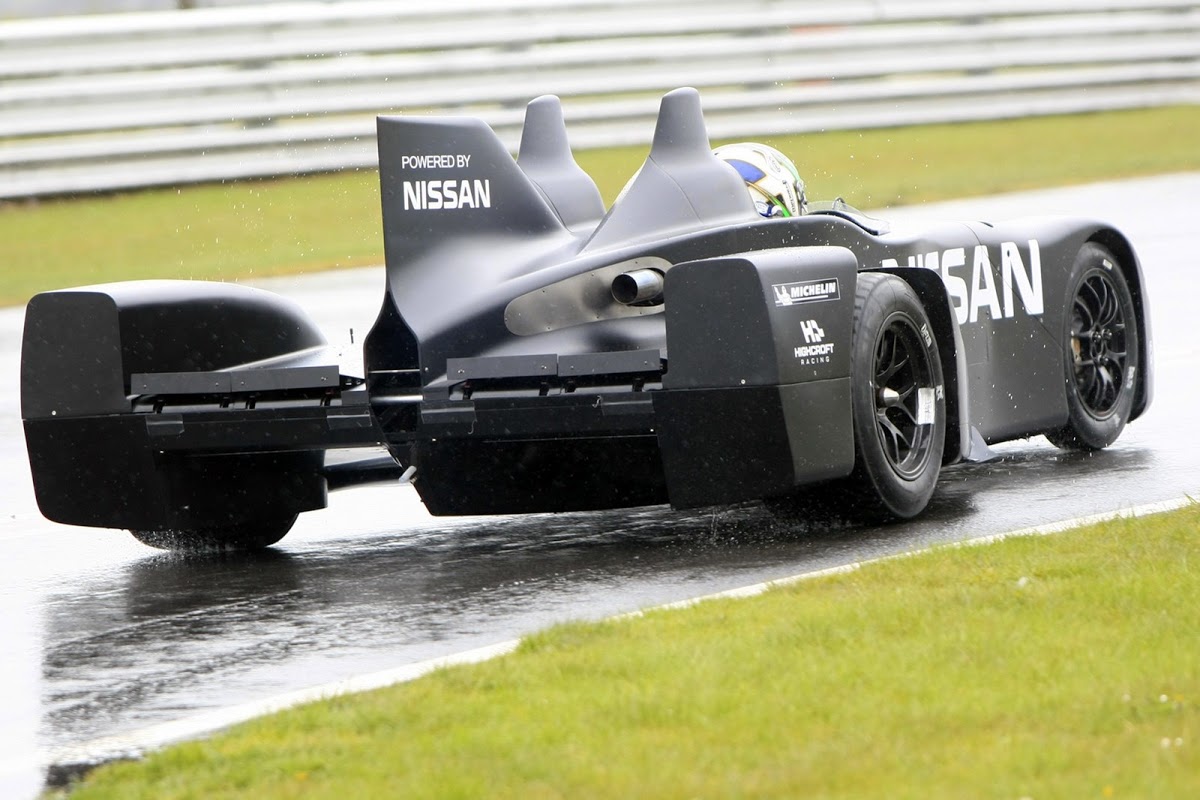So using your numbers and lets assume there is enough fuel to generate to the max 350kW wherever possible (yes I know there isn't enough). The ICE runs at 350kW for 90% of the lap. For 20% (cornering) lets say half goes to the ES (the other half needed to drive the wheels). During braking (10% of the lap) there is 350 kW going to the ES.Cs98 wrote: ↑06 Jul 2023, 12:05We're not talking about braking, we're talking partial throttle. Getting perfect regen under braking is a pre-requisite to make this even remotely work, and it's still not close to enough, which is why he made the partial throttle argument.gruntguru wrote: ↑06 Jul 2023, 11:10I'm sure you will find a lot of track time where wheel-power required is less than 350 kW (all braking and lots of cornering). All of this time is "genset" re-charging opportunity. Remember there is very little braking where 350 kW can be harvested from the rear axle - this can be topped up to 350 kW using the genset.Cs98 wrote: ↑06 Jul 2023, 10:24I've seen his comments but I'm quite skeptical of some of the things he says.
a, How are you going to recover any significant amount of energy in partial throttle conditions when your ICE is 350kW and max regen is 350kW? If you want full regen you will have no propulsion. If you take less than full regen the end power at the rear wheels will be so low there can't be many partial throttle corners where this is actually useful for any real length of time. . . .
I don't think you will find much regen in partial throttle zones for the reasons I outlined. You need 3x more regen and your combustion engine is 40% less powerful. F1 tracks are like 70% full throttle, 10% and a bit braking. And that's with 800-1000HP engines. Imagine you have 500HP, how much partial throttle do you really think we're gonna have? The cars would have to be ridiculously slow for there to be a lot of partial throttle with a 500HP ICE. And for the very limited time you have partial throttle you obviously won't get the full 350kW, but a limited amount based on the power demand at the rear wheels.
So total storage is:
Laptime x [(350 x 20% x 1/2) + (350 x 10%)] = Laptime x 70 kW
The average power available for the remaining 70% is therefore
350 + (Laptime x 70)/(Laptime x 70%) = 450kW
Of course the stored energy would be deployed in bursts with output power varying from 350 - 700 kW during that 70% of the lap.


